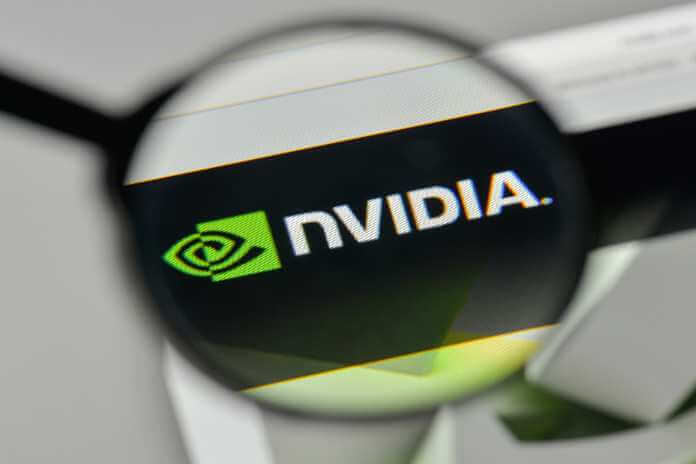Nvidia’s (NASDAQ:NVDA)
At first glance, Nvidia’s (NASDAQ:NVDA) results for the second quarter of its 2023 fiscal year don’t look promising. The company’s sales grew by a low single-digit percentage year over year and dropped significantly from the previous quarter to the current one.
Results may look different from a macro perspective, though. Nvidia (NASDAQ:NVDA) may have had an excellent quarter relative to the rest of the industry; hence, shareholders might choose to take a more optimistic view.
The dynamics of the semiconductor industry
The economy and semiconductor stocks both go through periodic ups and downs. The semiconductor industry, in particular, goes through cycles of abundance and scarcity.
When the price of semiconductors goes up, foundries increase their production capabilities. Increases in supply lead to lower prices. Too much production of chips causes prices to drop, which in turn slows down manufacturing. After the demand increases, the surplus disappears, and the cycle repeats.
These patterns persisted even after the outbreak. They were altered by it, nonetheless. There was a significant shortage in some industries because the epidemic increased demand while decreasing production.
Nvidia and the business cycles of various sectors
As a result, some industries have been spared from the downturn, and Nvidia’s (NASDAQ:NVDA) results appear to reflect this segmenting of the chip business. The Revenue for the second quarter of the fiscal year was $6.7 billion. That’s up 3% from the previous year but down 19% from the previous quarter.
The gaming industry suffered the most financial damage as people returned to doing more “old school” things. The Revenue of $2 billion was down 33% year over year and 44% from the previous quarter. Also, the professional visualization market’s $496 million in reported sales was down 4% year-over-year and 20% from the first quarter.
Nonetheless, Nvidia’s (NASDAQ:NVDA) other two divisions saw a lot of good news. The company’s largest division, the data center, saw a 61% increase in quarterly sales and a 1% increase from the previous quarter. Revenue from the automobile industry was $220 million, but it was up 45% year over year and 59% from Q1 to Q2.
Despite this, things were looking worse in terms of net income. Compared to the same period a year ago, Nvidia’s (NASDAQ:NVDA) second-quarter 2023 earnings were $656 million, down 51% and 62% from the previous quarter. As a result, Revenue to costs increased to 65%, with operational costs increasing by 36%. Expenses and costs increased so much that a $181 million tax break wasn’t enough to cover them.
Additionally, the business revised its sales expectation for the third quarter to around $5.9 billion. That’s a twelve percent drop from the prior quarter and a nine percent annual drop. Nvidia (NASDAQ:NVDA) believes that the automotive and data center markets will be immune to the current economic downturn, as they have been in the current quarter.
Feedback from the Market
Despite the disappointing outcomes, investors may still see this quarter favorably. Smart investors seemed to have rated Nvidia’s (NASDAQ:NVDA) report on a curve, suggesting that the market has undergone an average decline in the chip cycle. Despite the report’s dismal outlook on the company’s near-term performance, shares of the company’s stock increased by 4 percent on Wednesday.
Further, Nvidia’s (NASDAQ:NVDA) P/E ratio of 48 is significantly higher than AMD’s P/E ratio of 41 and its crucial fab, Taiwan Semiconductor’s P/E ratio of 17. However, investors may not view the stock as overpriced due to higher P/E ratios caused by less profitability. Finally, the current price of Nvidia stock is less than half its high point in late 2021, so it may seem cheap.
Featured Image : Megapixl © Casimirokt










